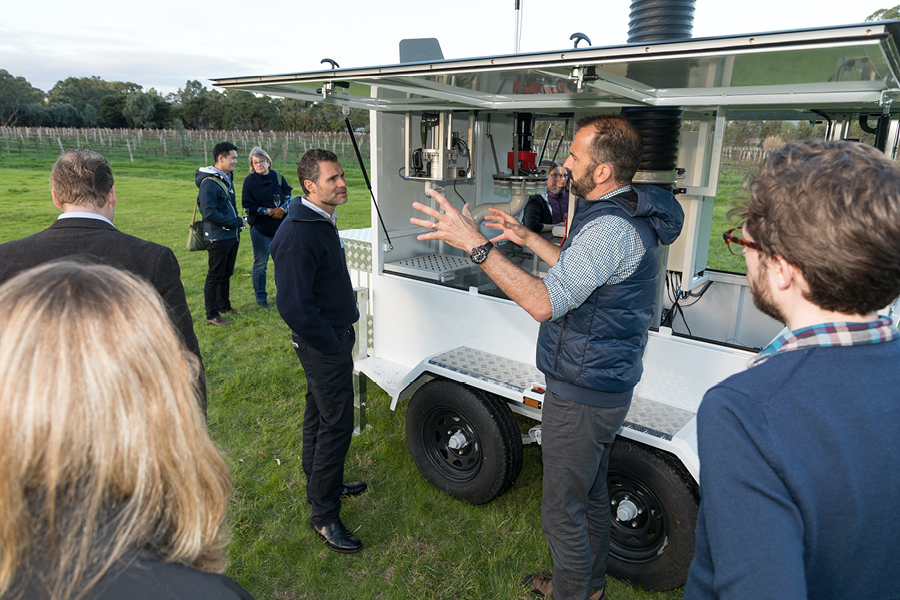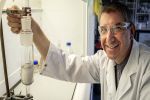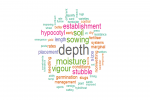A five-year, $21 million, multi-sector initiative has delivered frontline Sentinel units to provide actionable pest management information that can improve farm profitability
Invasive pests, weeds and diseases cost Australia’s agricultural sector $12 billion annually. On top of that, new risks continue to emerge. This makes innovations to national biosecurity a high priority.
In 2017, iMapPESTS was launched to revolutionalise exotic and endemic pest and disease surveillance. The five-year project aimed to develop a national, mobile cross-industry surveillance network using a range of technology advances.
By 2024, the project had deployed automated sentinel monitoring units that boost diagnostic and forecasting capabilities. The units heighten awareness and improve decision-making capabilities.
A cost–benefit analysis found that these biosecurity innovations have the potential to claw back 10 per cent of yield losses that are due to insect pests and diseases and reduce the costs associated with using pesticide and fungicides by 10 per cent.
That translates to an on-farm gross margin benefit of $31.10 per hectare.
The challenge
Early detection is essential to prevent the spread of invasive species and manage outbreaks before negative impacts become inevitable and widespread. That makes biosecurity defences highly dependent on surveillance, monitoring, diagnostic and prognostic capabilities.
Technological advances in recent years are well suited to taking biosecurity to a new level of operational capability. However, without directed, targeted investment and development work, this potential runs the risk of not being realised.
Detecting an opportunity for high-impact action, GRDC helped to galvanise a five-year collaborative effort between government, industry and science. The main need was for a surveillance system that rapidly produces actionable pest management information that enhances decision-making within the grains, cotton, sugarcane, horticulture, wine, grapes and forest industries.
The response
The cross-sector collaboration in the new surveillance system amounted to a $21 million investment and included funds and administrative input from GRDC.
The project developed ways to rapidly monitor and report on airborne pests and pathogens in ways that boost on-farm pest management. The system can also facilitate coordinated responses to biosecurity efforts during exotic pest and disease incursions.

Lead scientist at SARDI for the iMapPESTS project, Dr Rohan Kimber, with the project’s flagship $200,000 prototype Sentinel 1, launched at the Hart Field Day in South Australia’s mid-North region in September, 2019. Photo: Andrew Beveridge, AUSVEG
A key feature of iMapPESTS is a custom designed, mobile surveillance unit called a Sentinel. These units are capable of automated sampling of fungal spores and insects. The units incorporate a trailer equipped with power supply, climate sensors, telemetry and a computer to control the unit. Also included are automated robotics that change the air samplers as needed and communicate the data.
The Sentinel features four different air sampling devices:
- two spore samplers – these are high-volume air samplers, specifically designed to collect airborne spores;
- a two-metre insect suction trap to monitor localised insect dynamics;
- a six-metre insect suction trap – ideally suited to monitor long-distance migratory insect flights; and
- a real-time fungal pathogen monitoring system developed in collaboration with BioScout.
The Sentinel captures airborne pathogens and/or pests – including many long-distance dispersal insects such as aphids and thrips. The samples are then sent to laboratories for inspection and diagnosis by specialist entomologists and molecular diagnosticians.
Laboratory analyses of the Sentinel samples establish which priority pests and pathogens are present and in what quantities. The priority airborne pests and pathogens being monitored and reported by iMapPESTS have been established in consultation with the industry partners.
Data on the presence and abundance of priority targets detected in each Sentinel sample are collated in the iMapPESTS cloud-based database. These are then overlaid with basic weather data captured during in-field surveillance to provide context around the pest and pathogen data
The resulting dataset on pest and pathogen dynamics is then summarised, visualised and disseminated via the iMapPESTS web-based communication platform. The first Sentinel prototype was completed in 2019, the same year in-field trials and optimisation began.
The impact
An analysis of iMapPESTS project impacts was undertaken by ACIL Allen in 2024.
Several gains were identified, including:
- enhanced decision-making capabilities for growers through timely and accurate pest management information;
- improved biosecurity measures that help
to prevent the spread of damaging insects and diseases; - increased awareness, education and training relating to the importance and benefits of advanced pest surveillance;
- the application of Sentinels for surveillance of imported agriculture products;
- reduction in environmental costs associated with pesticide and fungicide use; and
- strengthened collaborative networks among government, industry and research bodies that can continue to foster innovation in biosecurity technology and practices.
The present value of the overall investment amounts to $23.9 million, of which $2.1 million is attributable to GRDC. The present value of benefits was estimated at $188.1 million, of which $24.6 million is attributable to GRDC.
That amounts to a benefit–cost ratio of 7.88 (11.60 for GRDC). The gross margin benefit to grain growers was estimated at $31.10.
More information: Delivering impact case studies.

























































